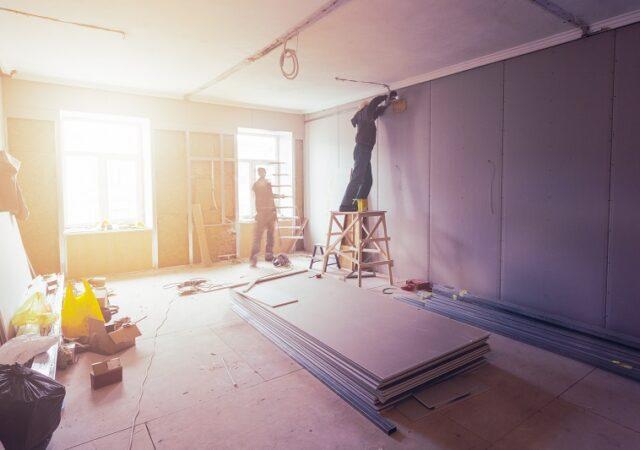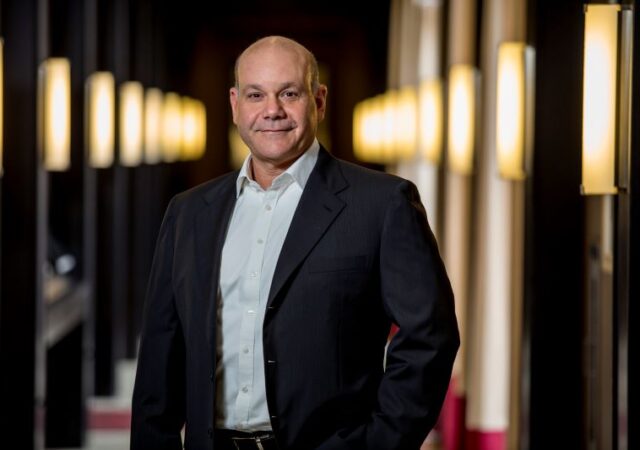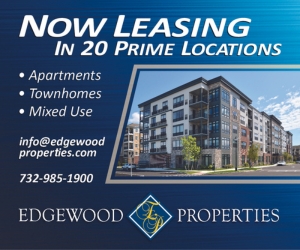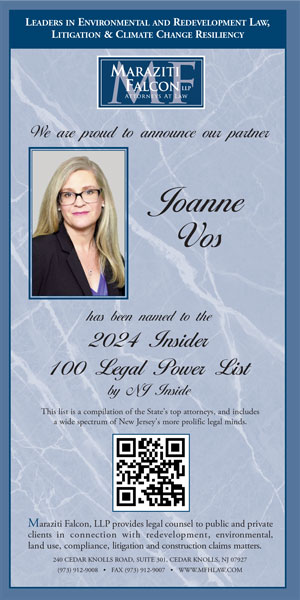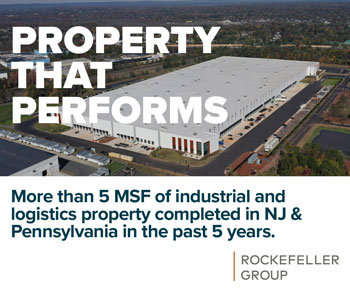We’re cautiously optimistic about the market. While there have been challenges like increased lending interest rates and the uncertainties associated with them, we’ve found opportunities to innovate and thrive. Leveraging joint ventures, early procurement and efficient planning has allowed us to combat potential delays and unforeseen expenses. Our growth in 2023, despite some projects stalling due to market factors, testifies to our adaptability and resilience in these changing times.
Current Issue
Go inside the latest monthly issue of Real Estate NJ, the only New Jersey-based magazine dedicated to commercial real estate in the Garden State.
Looking forward
As you’ll read in this month’s cover story, builders and advocates see New Jersey’s new affordable housing guidelines as a good starting point after more than a decade of uncertainty, conveying cautious optimism even as they confront the financial hurdles, legal battles and political debates that have slowed housing production in the past.
Transition time
I’ve come to learn that stories in our People on the Move section are among our most popular online and in print. I understand why — relationships in commercial real estate go back years or decades in many cases, meaning there’s no shortage of interest when a friend or business partner earns a promotion or a position at a new firm. That’s especially true when it comes to developers and owners, as I was reminded earlier this year when we covered two major moves by Accordia.
Owners Council Q&A: Katie Kurtz
In many property types, the market remains at somewhat of a standstill, with the high cost of capital making desired return metrics hard to hit. However, the strength of the multifamily and industrial sectors allows smart investors to transact. The promise of further rate cuts does bring reasons for optimism. Predicting the exact industry response is challenging though, as it will take time for the market to adjust to the new rates and benchmarks before transaction volume picks up.
Owners Council Q&A: Jeff Milanaik
Our industry, like all others, has seen an ebb and flow since 2020. While we received the benefit of thriving business immediately following the pandemic, the last few years have brought us stabilization. As seasoned professionals in the industry, Bridge Industrial recognized that the level of activity we had during COVID could not be sustained for an extended time. In fact, as early as 2022, in my role as NAIOP Corporate Chair, the signs of a shift began to appear, and activity began to shrink. However, as we are heading into the end of 2024, we are beginning to see signs of increased activity and customer demand.
Owners Council Q&A: Jack Morris
I’ll always be bullish on New Jersey. As with any market, we may need to endure some ups and downs, but our state’s fundamentals give us a high floor and a very high ceiling. Qualities like access to New York City, a highly trained workforce, great medical facilities and care, an array of recreational assets and municipalities that are attractive to families give New Jersey long-term appeal. Also, citizens value safety and security, and I want to give kudos to the incredible law enforcement professionals who serve our communities in New Jersey each and every day.



